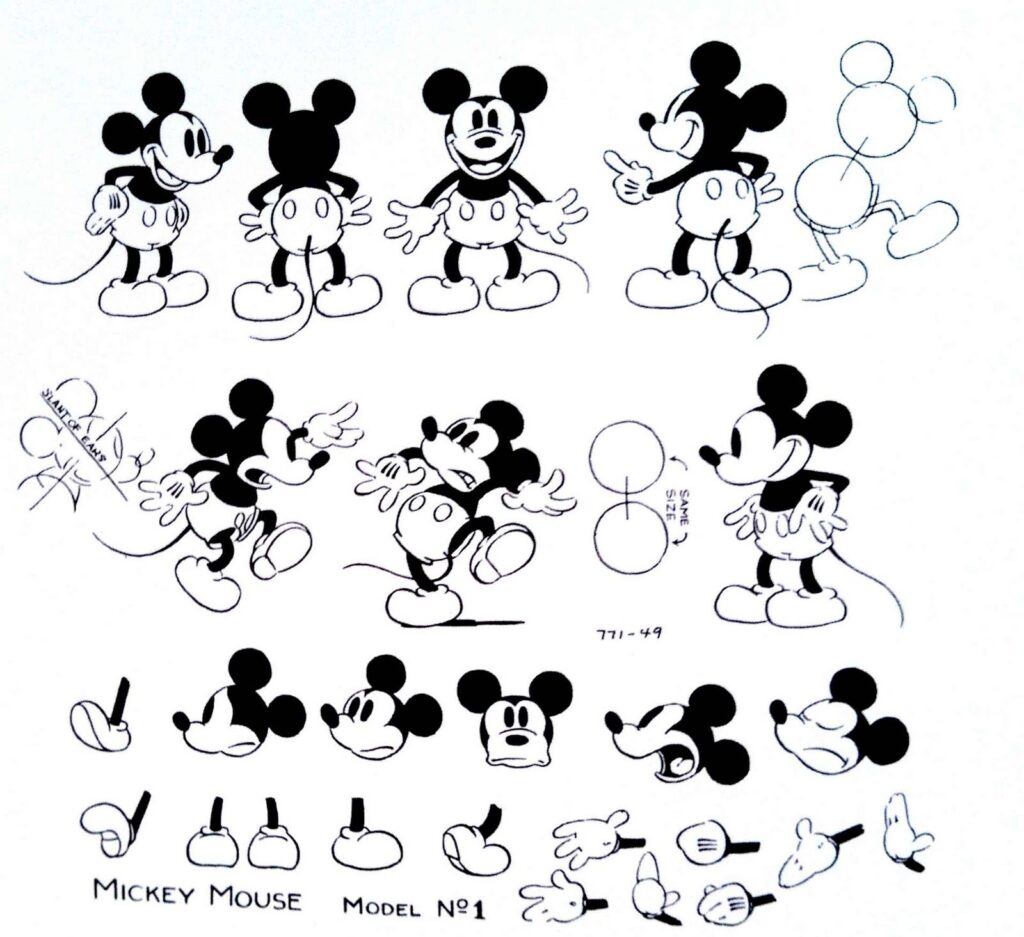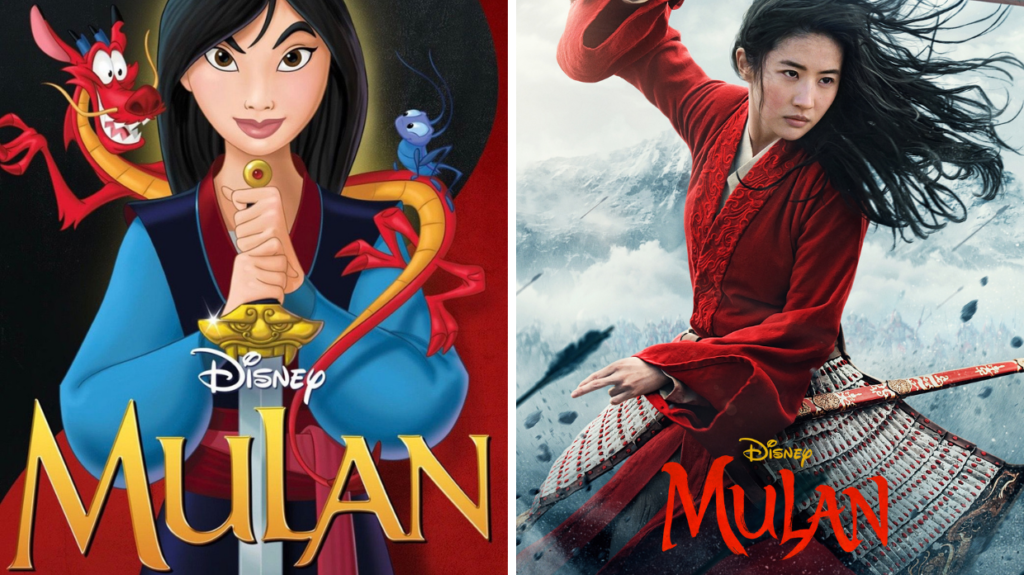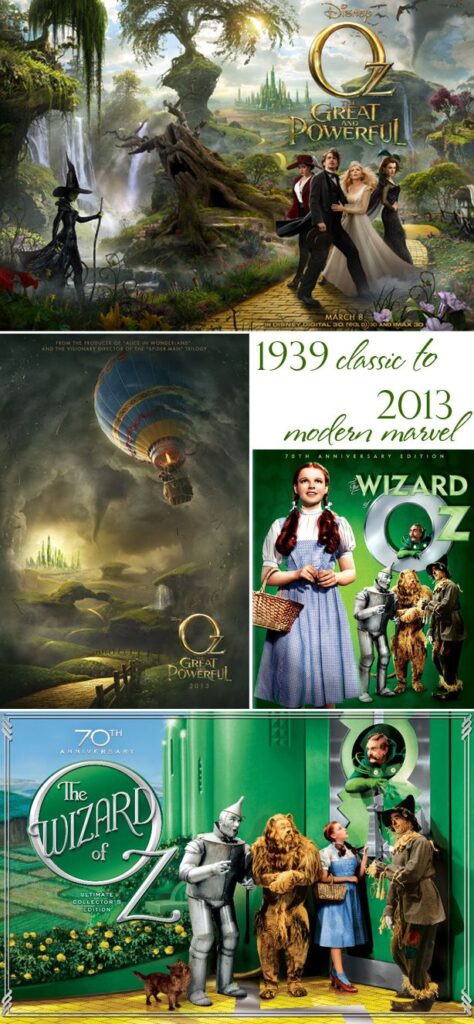201MAPA - Planning for Professional Experience

History of cinematography:
Media production industries have been around entertaining and inspiring audiences for centuries. There are a range of different forms of production that has developed and formed throughout time and most of these have developed from print to digital. One of the biggest industries within media is cinematography and film/cinema. If we wanted to gain an understanding of how the film industry works knowing how it begun and developed throughout history is a major part of how to understand more about this creative industry and how to develop the required skills when going into the cinema and cinematography field.

Due to the way the industries have been built overtime using more advanced technology and being in a highly digital era there has become such a wide range of different styles of film and cinematography ranging from horror style tv/film to highly animated style, which Disney and Pixar has thrived off. This has allowed the cinematography field to become so brand as people within a wide range of the entertainment and creative industries rely on some form of cinematography for their jobs, examples that have come into this would be music videos, musicians working for film/tv, actors, editors, and even more including gifs, new networks and social media apps such as TikTok which has become a major platform for the audience themselves to create their own high quality cinematic short clips.
However, even though a lot of industries are now relying and using cinematography to their advantage, the main industry that benefits from how far this field is the film and cinema industries. This includes the companies or streaming services that are involved in making these films become a reality for the consumer.
Film and cinema:

When diving into looking at the history of cinema and film we see that there is a development of the cinematography where film develops from short clips made, by multiple cameras capturing an image multiple times in order to form a moving picture which is how films became a reality. This first moving image was developed and brought to life in the late 1800s and then eventually developed to the first silent movie which is known today as ‘Roundhay Garden Scene’(Cook, History of film) which is also in black and white and then films went on to having audio to eventually colour and then becoming more developed to have elements such as CGI effects and other editing effects to then developing into the expanse fields of companies that you can see today.
( The Evolution Of Cinema (1878 – 2017) – YouTube )
As seen within this video (Alex Day, The Evolution Of Cinema (1878 – 2017)) you can clearly see how through the use of popularity of this form of entertainment and through a constant development of the technology and forever changing consumer of the audience we can see there to be a more vast array of styles and genres coming into play as well as a higher quality due to the demand and popularity of the audience throughout the course of the centuries that film has become prevalent.
From old to new:

The film industry has developed from a simple multi-capture of an imagine into this huge wide range of transmedia productions that have been created through forever advancing technology and has spread into this wide array of different genres and tropes.
This is shown with how film developing though technology and popularity though the use of cinemas and companies. This has developed from using kinetograph to the creation of the camera (JLB productions timeline) developing overtime into the technology that is seen today. These two videos are some of the first films produced within the late 1800s where it shows short silent films/clips that are major parts of how film has developed into the industry it is today.
(Lumière: Sortie de l’Usine – 1 (1895) – YouTube)
These two videos show how film has gone from simply black and white starting by a design of trying to capture rapid photos to create a moving image to actually having a moving image enough to create short clips and this showing how far film has come since that time period and how industries have come to thrive of the success of this invention, which has allowed millions of people today to become creators or gain a job in parts of the film industry.
(The Stunning Evolution of Color in Film | WIRED – YouTube ) This video shows off how film has changed in both its appearance, technological advances and overall appeal as time goes on and films become more popularised as entertainment.
As a timeline you can see the development of how film has developed as an industry and with its overall production as it is clear to see that throughout time companies and organisations have become more advanced with both its appeal, branding and technology from starting off with a small invention to becoming one of the biggest entertainment industries in all of time. (A very short history of cinema)
As the industry became bigger and companies came out to create a more of a vast amount of films using new techniques and equipment, such as the dolly, they were able to create a range of camera angles, shots and edits that wouldn’t have even thought to be possible back in the 1800s early 1900s.
- If we compare the old type of films to now, or simply to trailers that are around today, it shows off an astounding contrast of how the industry alone has evolved to become this massive source of entertainment and creativity.
(Dune | Official Main Trailer – YouTube )
This trailer is an example that allows us as an audience looking at the industry to see how far the filed has come and how much goes into each new film from the landscape to the quality of the image, especially into everyday cinematic masterpieces.
This has allowed companies within the film industries that have gain masses of success to divert their companies into a huge transmedia industry where they profit off not just the film itself but from the popularity of the different fandoms that they work with and creating this network of platforms which allows the companies with social media and websites to create TV series, merchandise, magazine and be able to broadcast these multi-million pound creations internationally to more audiences or also create international products to provide for this broad audience. A prime example of a streaming company that has gain masses of success through mass media and now has over 200 million subscribers and gains over $24 billion as of 2020 in profit (Netflix Revenue and Usage Statistics) due to both streaming other companies products, both film and tv, and creating their products as well for both international and Hollywood style creations, the one of the most successful product that Netflix has created as of 2021 is: Squid Game | Official Trailer | Netflix – YouTube
This is a prime example of an international, Korean, series that has manged to become incredibly popularised worldwide. Netflix was an inspiration for other major companies to create their own streaming service, such as Amazon Prime Videos or Disney+.
History and glimpses within the industries:
When looking into the history of film in particular we can also see how the representation of ethnic or minority groups have developed and expanding into a slightly more accepting rate that it is today despite there still being a lack of positive representation in a lot of fields that is needed for change to happen. This is a major part of the history in film as having representation, especially positive representation, is highly important as a lot of people turn to film in order to see characters they can relate to, issues that are happening and developing through time. Within this century representation is highly needed when going into the industry, especially for minorities such as LGBTQIA+ people and POC, this will allow more people within the industry to gain more respects and make the industry a more welcoming place for people. As some minorities such as Black people within the industry have stated ‘Black professionals trying to build and sustain a career in film and TV, the industry has been, by many of their accounts, a relatively unwelcoming workplace.’(Black representation in film and TV, Dunn, J.)
Within the industry itself companies that demonstrates the development of how film history would be Disney and New Line Cinema as they show the difference between a massive and influential company compared to that of a slightly smaller-scale company and what they have been capable of throughout time. To look more into this example, New line cinema is a fairly recent company, founded in the 1967, (Shaye, R. Warner Brothers) that is owned by a bigger company organisation that is more well know called Warner Brothers Studio. This shows how companies stick to their branding for their audience as Warner Brothers is known for more supernatural and sci-fi films, however having New Line Cinema they can reach a target audience within the horror genre and also unit to DC productions they also get to reach a whole other fanbase which allows people who work within this company to experience reaching a large range of fandoms from old fandoms to new. Reaching people who liked old school Daffy Duck to Harry Potter Fans to Batman fans to even lord of the rings fan. Warner Brothers are not the only company who has split productions into owning smaller production companies based of genre as Disney is highly known for this as well as they are a unit with Marvel and others.
This is an important part of film history for both as it shows how your range of skills you need to develop a career within this particular industry has developed and changed throughout time and depending on what part of the industry you go into will depend on which set of skills would need to build to gain a career within these separate fields. For example, if you were to go into the horror side and work with the camera as a person, you’d need to know how to take fast clear shots and close ups, etc, as these elements have been horror tropes which have existed within the genre for decades.
So as history continues to develop so will the film industry and skills within the industry as well. The technology will become even more advanced as time continues and who knows what the film industry has in store within the upcoming century.
For this page: History of Production Film Industry – Production Based: Film Industry (coventry.domains)
The website for this project: Production Based: Film Industry – 201 MAPA Module Coursework 1 by Group 1 (coventry.domains)
References:
A History of Video Production (Infographic). (2021). JLB Media Productions. https://www.jlbmedia.com/history-of-video-production-infographic/
A very short history of cinema. (2020). National Science and Media Museum. https://www.scienceandmediamuseum.org.uk/objects-and-stories/very-short-history-of-cinema
Alex Day. (2017, October 17). The Evolution Of Cinema (1878 – 2017). YouTube. https://www.youtube.com/watch?v=aWOFxyQI9D8
Cook, D. A. (2021). history of film | Summary, Industry, History, & Facts. Encyclopedia Britannica. https://www.britannica.com/art/history-of-the-motion-picture
Disney, W. (2009). Gif. Mickey Gif. https://www.google.com/imgres?imgurl=https://media4.giphy.com/media/l2JhL0Gpfbvs4Y07K/giphy.gif&imgrefurl=https://giphy.com/explore/steamboat-willie&tbnid=F1QWvJR-u04v2M&vet=1&docid=wCENULOy4UyejM&w=360&h=314&source=sh/x/im
Dune | Official Main Trailer. (2021, July 22). YouTube. https://www.youtube.com/watch?v=8g18jFHCLXk
Dunn, J., Lyn, S., Onyeador, N., & Zegeye, A. (2021, March 11). Black representation in film and TV: The challenges and impact of increasing diversity. McKinsey & Company. https://www.mckinsey.com/featured-insights/diversity-and-inclusion/black-representation-in-film-and-tv-the-challenges-and-impact-of-increasing-diversity
Lumière: Sortie de l’Usine – 1 (1895). (1895). YouTube. Retrieved 2021, from https://www.youtube.com/watch?app=desktop&v=AdePM1XPeEM
Muybridge, E. (1878). Race Horse First Film Ever 1878 Eadweard Muybridge. YouTube. Retrieved 2011, from https://www.youtube.com/watch?v=IEqccPhsqgA&feature=youtu.be
Netflix, Hwang Dong-hyuk. (2021, September 2). Squid Game | Official Trailer | Netflix. YouTube. https://www.youtube.com/watch?v=oqxAJKy0ii4
Netflix Revenue and Usage Statistics (2021). (2021, September 20). Business of Apps. https://www.businessofapps.com/data/netflix-statistics/
Scout Life magazine. (2017, November 16). What Was the First Movie Ever Made? Heads Up by Scout Life. https://headsup.scoutlife.org/what-was-the-first-movie-ever-made/
Sharman, R. (2020, May 18). A Brief History of Cinema – Moving Pictures. Pressbooks. https://uark.pressbooks.pub/movingpictures/chapter/a-brief-history-of-cinema/
Shaye, R. (1967). WarnerBros.com | Motion Pictures | Company. New Line Cinema and WarnerBros Production. 2021, from https://www.warnerbros.com/company/divisions/motion-pictures
Shaye, R. (2021). New Line Cinema | Warner Bros. Entertainment Wiki | Fandom. Warner Bros. Entertainment Wiki. https://warnerbros.fandom.com/wiki/New_Line_Cinema
The Stunning Evolution of Colour in Film | WIRED. (2017, July 14). YouTube. https://www.youtube.com/watch?v=hgYnW2ZSQMA
Leave a Reply